As Black Myth: Wukong continues to gain massive popularity, fans have become captivated not only by the game’s epic action but also by its breathtaking scenery. Many of these in-game settings are based on real-world locations that reflect the richness of Chinese culture and history.
Ancient Temples in Shanxi
Several ancient temples in Shanxi, like Chongqing Temple and Xiaoxitian’s Grand Hall, have inspired the game’s architectural design. With their intricate sculptures and dougong structures, these sites offer a glimpse into China’s ancient craftsmanship, now immortalized in the game. During the Mid-Autumn Festival, tourist numbers soared by 326%, with immersive experiences like “offline save points” enhancing visits to these landmarks.
Webbed Hollow-Relief of the Fallen Loong
Feilai Peak and the Laughing Maitreya飞来峰与笑弥勒
In Hangzhou, Feilai Peak’s stone carvings heavily influenced Black Myth: Wukong‘s key scenes. The giant Maitreya Buddha and eighteen arhats from the game’s Xiaoxitian chapter reflect the grandeur of the real-world statues at Lingyin Temple, adding an authentic “epic” feel.
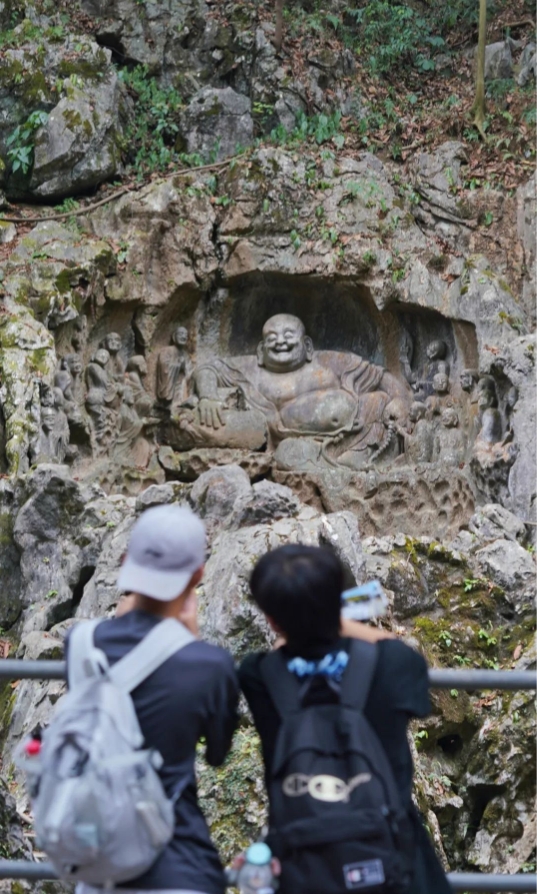
The Pagoda: A Tribute to Fujian’s Architectural Legacy
One of the key structures in Black Myth: Wukong is a model designed by Youke, featuring a complex dougong (interlocking wooden brackets) structure, specifically the “inserted bracket stealing heart” style. This design originates from Fujian, with one of the most famous examples being the Great Hall of Hualin Temple in Fuzhou, built in 964. Below is a structural diagram of this unique form, which is reflected in the game’s design.
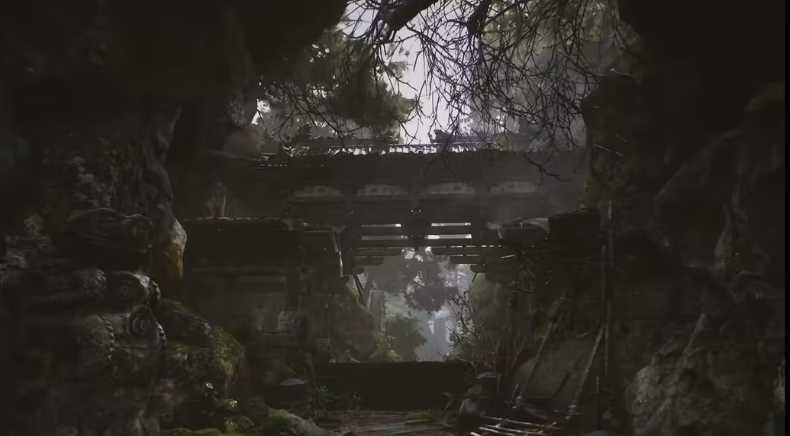

Southern Influence: Ningbo’s Ancient Stone Archway
Another notable structure is a single-eaved xieshan roof archway, also a model crafted by Youke. Its green-tiled roof highlights its origins—the oldest surviving stone archway in China, located in Ningbo, Zhejiang. This centuries-old stone gate offers a window into Southern China’s ancient architectural traditions, beautifully reimagined within the game.

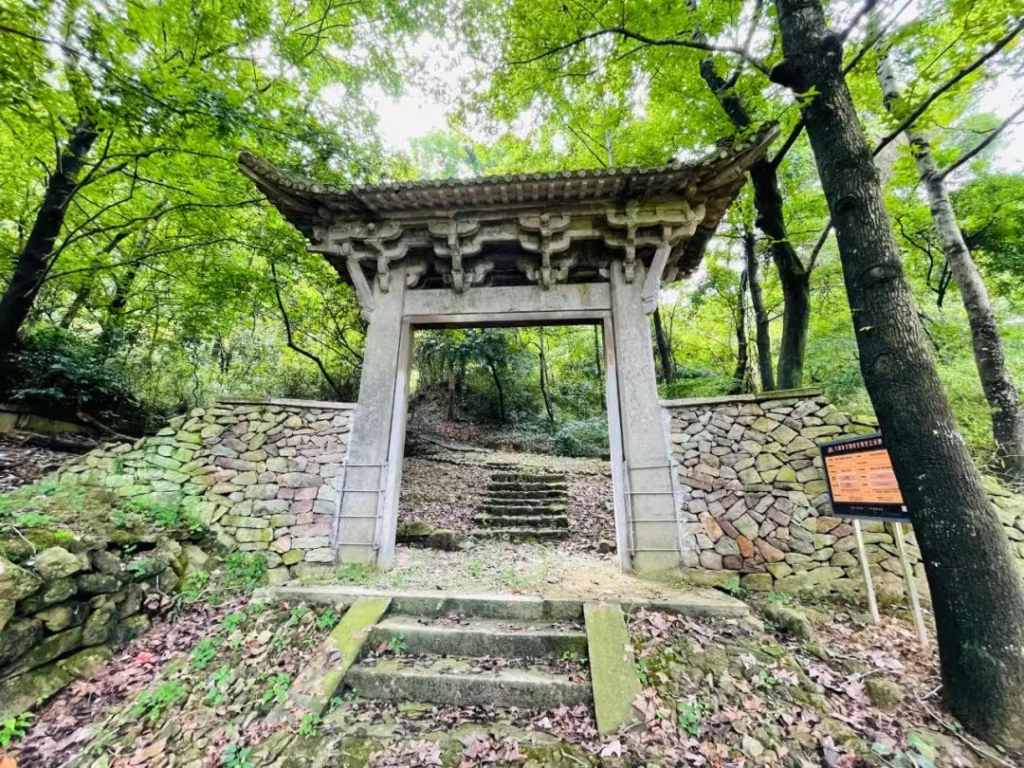
Guan Yin Temple Hall: An Artistic Tribute with a Twist
In Black Myth: Wukong, the Guan Yin Temple Hall was crafted by the talented artist Zhu Weiwei, now a former team member. Based on the original concept art and structural plans, it appears that the inspiration for this scene comes from either the Mani Hall of Longxing Temple in Shijiazhuang, Hebei, or the Qingxu Temple in Pingyao, Shanxi. However, Zhu added an artistic twist by placing a curved-roof veranda facing forward—an unconventional design, as traditionally, curved-roof verandas in China face sideways. Even in ancient paintings, the forward-facing verandas do not match this depiction, making the choice a bit unorthodox. A more appropriate reference might be the City God Temple of Yuci (1431) in Shanxi, which could offer a more authentic look.
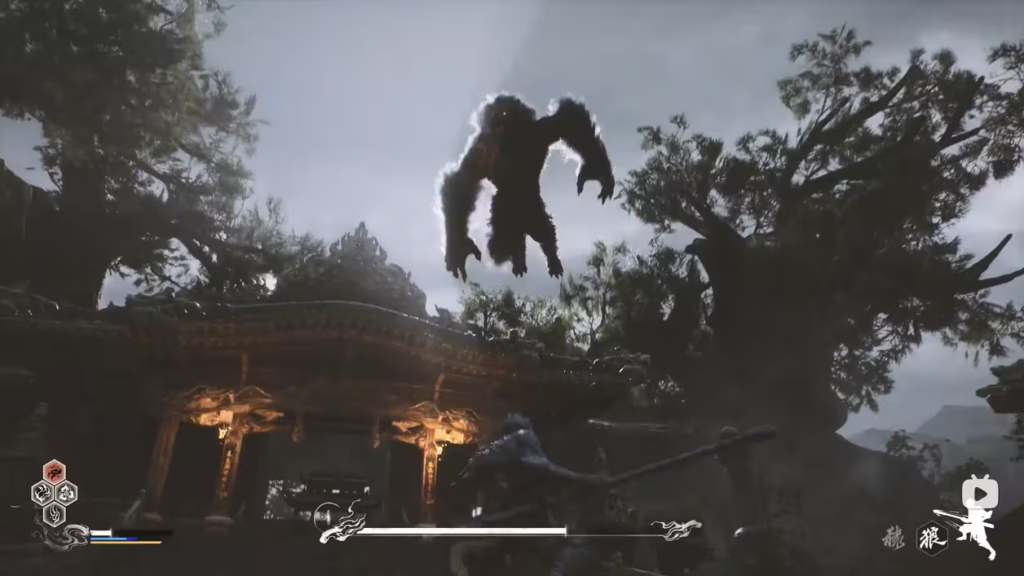

The Towering Giants: Quanzhou’s Twin Pagodas
The game also features a stunning pagoda that pays homage to the iconic twin pagodas of the Kaiyuan Temple in Quanzhou, built in 1238. These historical towers were recently recognized as a UNESCO World Heritage Site, making them not just a visual masterpiece but also a cultural treasure that Black Myth: Wukong brings to a wider audience.
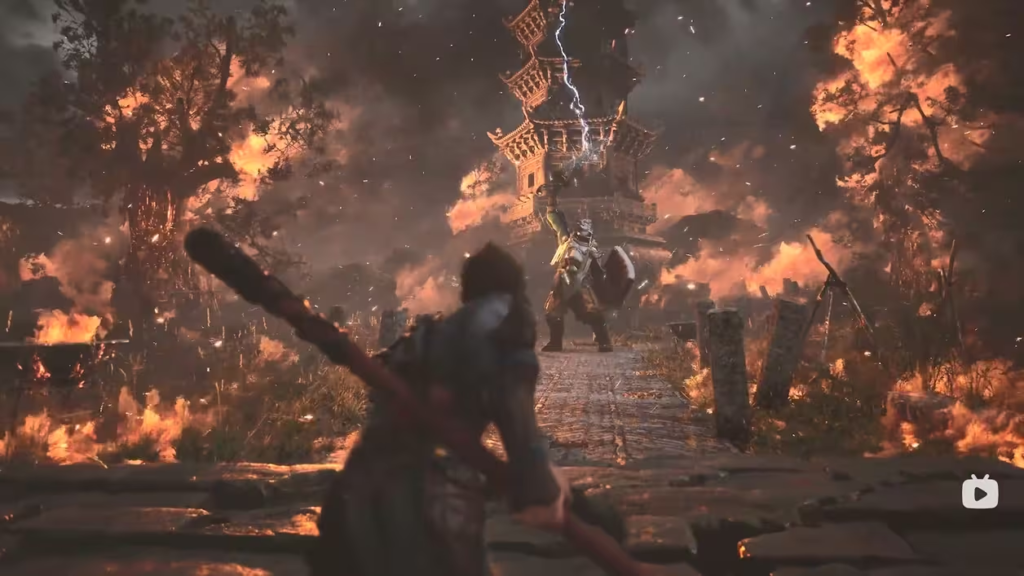

By incorporating these ancient architectural wonders, Black Myth: Wukong not only brings traditional Chinese culture to life but also sparks interest in the real-world locations behind its stunning visuals. So, stay tuned—there’s so much more to explore as the game evolves!


